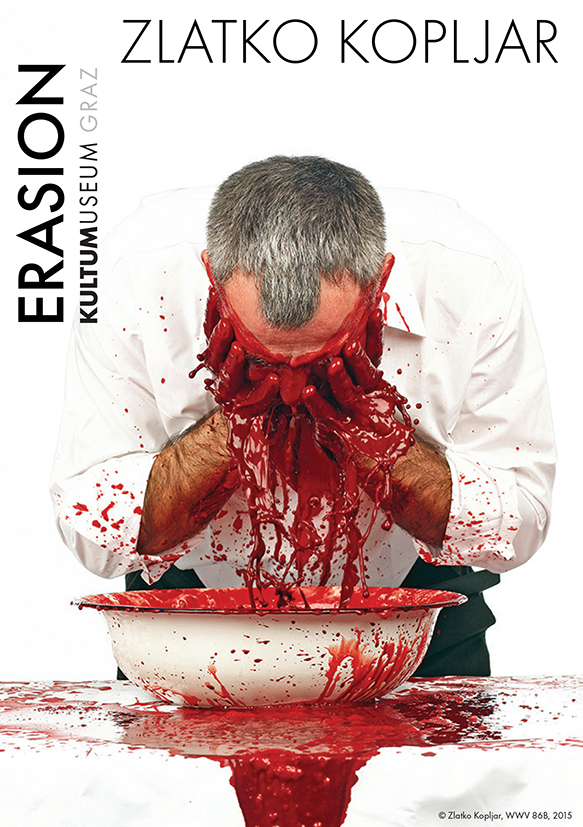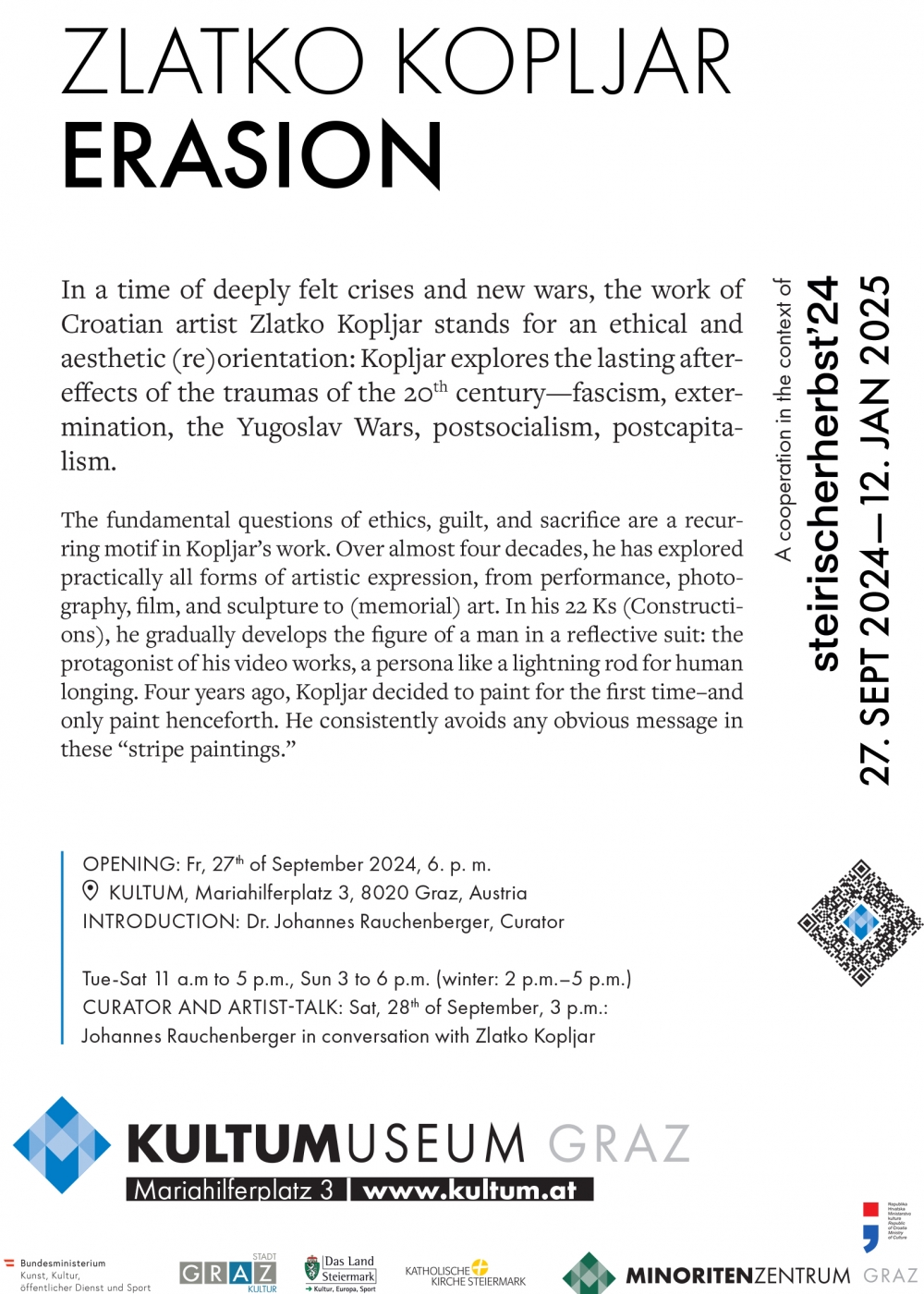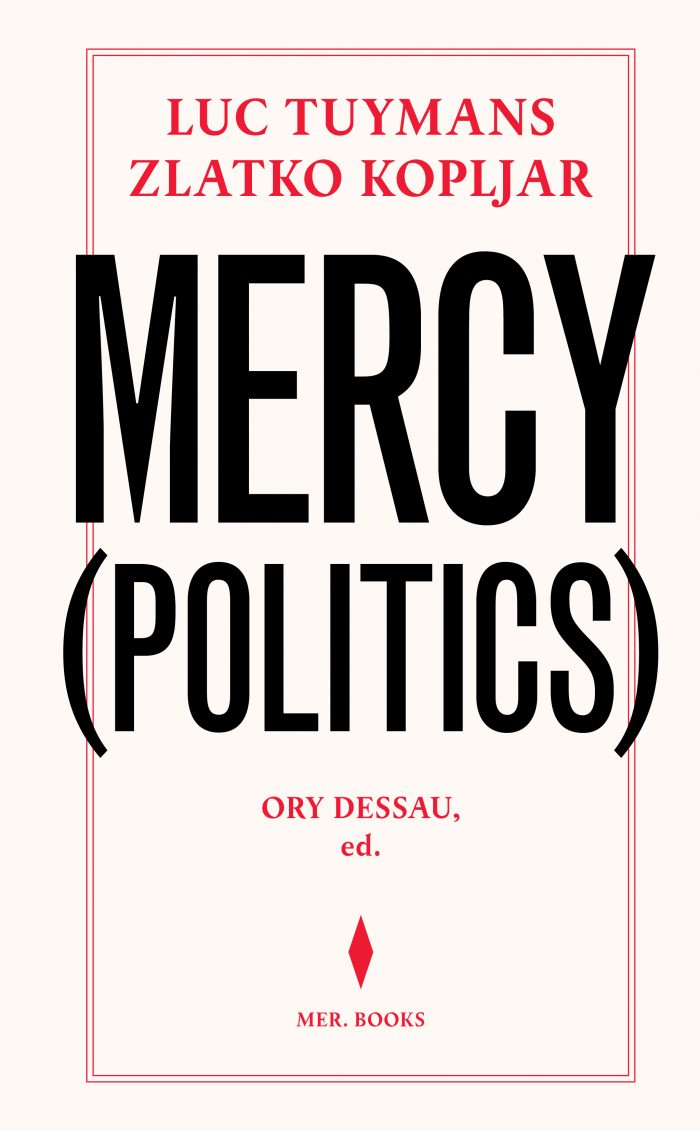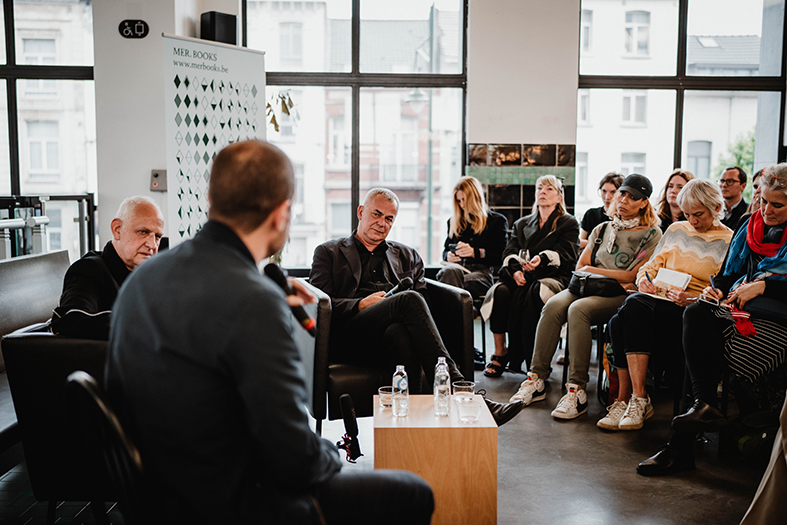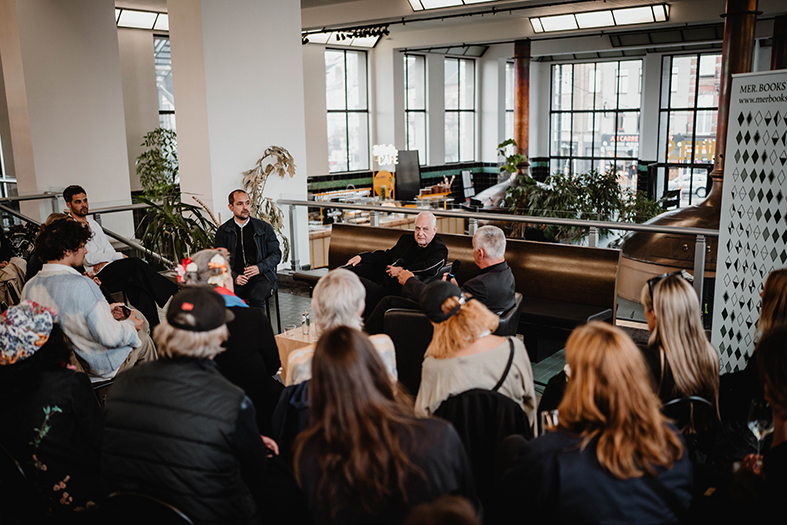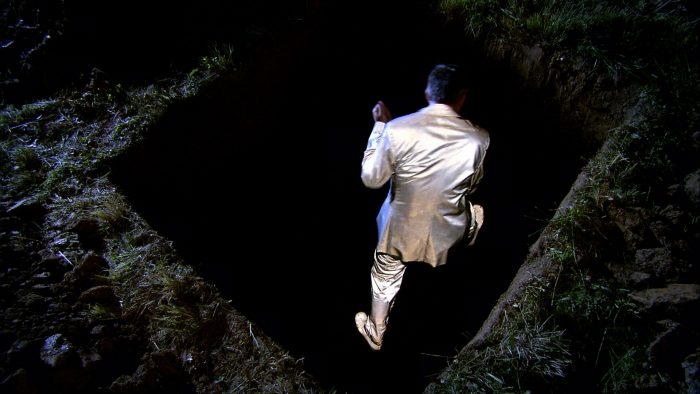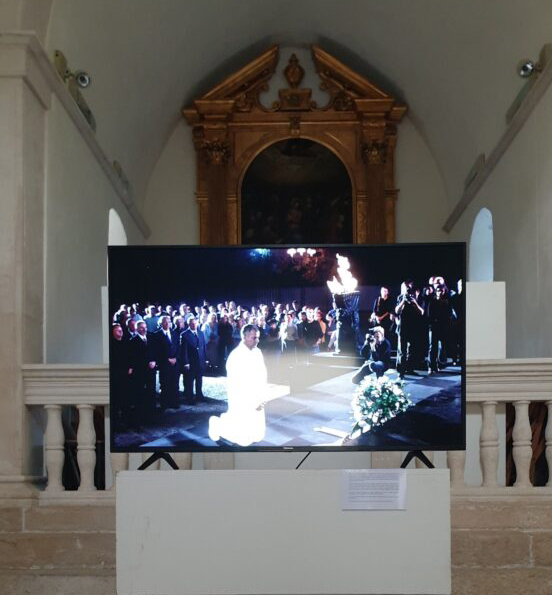OPENING: Fr, 27th of September 2024, 6. p. m., KULTUM, Mariahilferplatz 3, 8020 Graz, Austria
INTRODUCTION: Dr. Johannes Rauchenberger, Curator, Tue-Sat 11 a.m to 5 p.m., Sun 3 to 6 p.m. (winter: 2 p.m.–5 p.m.)
CURATOR AND ARTIST-TALK: Sat, 28th of September, 3 p.m.: Johannes Rauchenberger in conversation with Zlatko Kopljar
In a time of deeply felt crises and new wars, the work of Croatian artist Zlatko Kopljar stands for an ethical and aesthetic (re)orientation: Kopljar explores the lasting aftereffects of the traumas of the 20th century—fascism, extermination, the Ex-Yugoslav Wars, postsocialism, postcapitalism.
The fundamental questions of ethics, guilt, and sacrifice are a recurring motif in Kopljar’s work. Over almost four decades, he has explored practically all forms of artistic expression, from performance, photography, film, and sculpture to (memorial) art. In his 22 Ks (Constructions), he gradually develops the figure of a man in a reflective suit: the protagonist of his video works, a persona like a lightning rod for human longing. Four years ago, Kopljar decided to paint for the first time—and only paint henceforth. He consistently avoids any obvious message in these “stripe paintings.”
